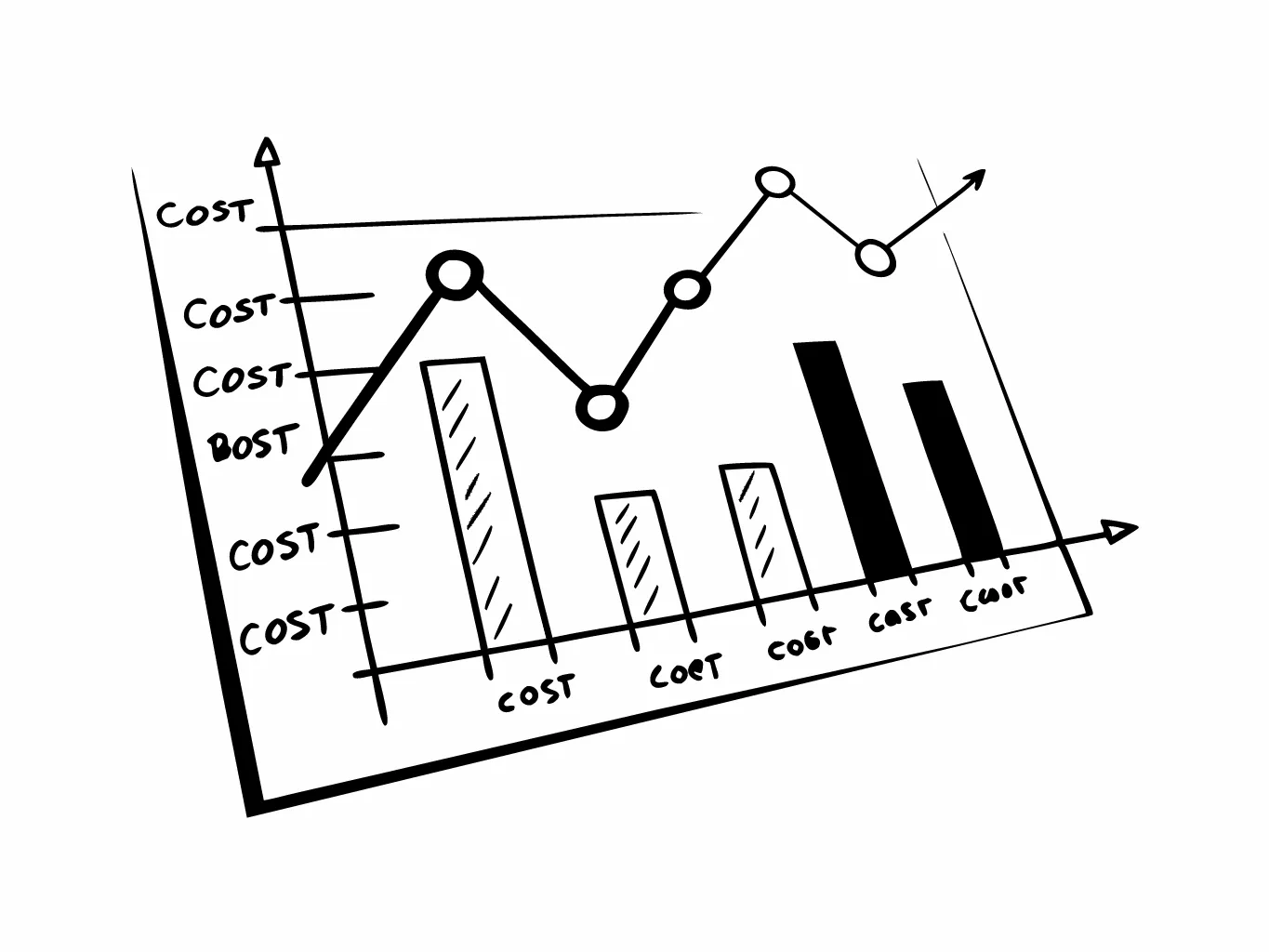Foam recycling has become a critical component of sustainable manufacturing practices, particularly for industries dealing with expanded polystyrene (EPS) and other foam materials. Investing in foam recycling machinery offers manufacturers a dual advantage: reducing environmental impact and achieving significant cost savings. This analysis explores the costs, benefits, and strategic considerations for manufacturers contemplating such an investment.
Costs of Foam Recycling Machinery
The initial investment in foam recycling machinery varies depending on the type, capacity, and features of the equipment:
- Small-Scale Machines: Typically priced between $3,000 and $10,000, these are suitable for businesses with limited foam waste volumes.
- Medium-Scale Machines: Costing $10,000 to $30,000, these machines cater to mid-sized operations, offering higher efficiency and capacity.
- Large-Scale Machines: Designed for industrial-scale operations, these machines can exceed $100,000 but provide advanced features and high throughput.
Additional costs include:
- Installation and Setup: Depending on the complexity of the equipment.
- Maintenance and Repairs: Regular servicing to ensure optimal performance.
- Energy Consumption: While some machines are energy-efficient, operational costs can vary based on the type of machinery used.
Benefits of Investing in Foam Recycling Machinery
1. Cost Savings
- Reduced Disposal Costs: Foam is lightweight but bulky, leading to high transportation and landfill fees. Recycling machines compact foam, reducing its volume by up to 90%, which significantly lowers these costs.
- Revenue from Recycled Materials: Compressed foam blocks or ingots can be sold to manufacturers for reuse in products like insulation panels, packaging, and construction materials, creating an additional revenue stream.
- Labor and Operational Efficiency: Advanced machines minimize labor requirements and streamline recycling processes, reducing overall operational expenses.
2. Environmental Impact
- Landfill Diversion: Foam takes hundreds of years to decompose. Recycling reduces landfill waste, conserving space and mitigating environmental harm.
- Sustainability Goals: Investing in recycling aligns with corporate social responsibility (CSR) initiatives and regulatory compliance, enhancing brand reputation.
3. Operational Efficiency
- Space Optimization: Foam densifiers and compactors reduce the storage space required for foam waste, allowing manufacturers to optimize their facilities.
- Versatility: Modern recycling machines can process various foam types, including EPS, EPE, and XPS, making them adaptable to diverse manufacturing needs.
Case Studies and Industry Examples
- Foam Products, UK: By investing £500,000 in an energy-efficient EPS block molding and recycling unit, Foam Products increased production capacity by 450% and achieved significant environmental benefits, such as reduced energy and water usage.
- SISTEGUA, Guatemala: This construction material manufacturer expanded its EPS recycling operations by purchasing a Rumtoo EPS compactor. The investment not only improved waste management but also supported public awareness campaigns on recycling, fulfilling both economic and social objectives.
- Appliance Warehouse, USA: After adopting Rumtoo EPS densifiers, the company generated $40,000 in revenue within six months and significantly improved its waste management efficiency.
Challenges and Considerations
1. Initial Investment
The upfront cost of machinery can be a barrier, particularly for small businesses. However, the return on investment (ROI) is often realized within a year for companies generating significant foam waste.
2. Awareness and Training
Proper training is essential to operate recycling machines efficiently. Additionally, manufacturers must educate stakeholders about the economic and environmental benefits of foam recycling.
3. Market for Recycled Materials
The profitability of foam recycling depends on the availability of buyers for recycled materials. Establishing partnerships with recycling companies or end-users is crucial to ensure a steady revenue stream.
Conclusion
Investing in foam recycling machinery presents a compelling opportunity for manufacturers to enhance sustainability, reduce costs, and generate additional revenue. While the initial investment may seem substantial, the long-term benefits—both financial and environmental—make it a strategic move for businesses aiming to stay competitive in a circular economy. By carefully selecting the right equipment and fostering partnerships within the recycling ecosystem, manufacturers can turn foam waste into a valuable resource.



